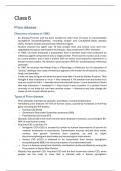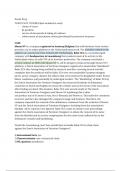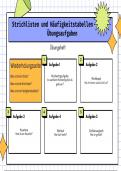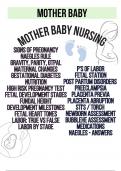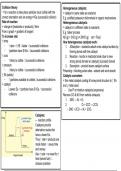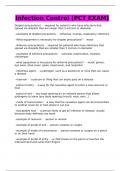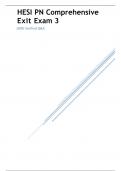Prion disease
Discovery of prions in 1982
- Dr. Stanley Prusiner and his team worked for more than 10 years on transmissible
spongiform encephalopathies, including scrapie and Creutzfeldt-Jakob disease
(CJD), trying to isolate and purify the infectious agent.
- Studies showed the agent was 10 fold smaller than any known virus and non-
degradable by typical sterilization techniques. Also proteinase K (PK)- resistant.
- In 1982, his team produced a preparation from a hamster brain that contained an
infectious agent comprised of only a single protein. There was no nucleic acid, it was
as a pure protein, and it was a protein with an amino acid sequence identical to a
known human protein. He termed it prion protein (PrP) for "proteinaceous infectious
particles“.
- In 1997 he received the Nobel Prize in Physiology or Medicine for his discovery of
"prions," adding a new class of infectious agents to the known list of bacteria, viruses,
fungi, and parasites.
- It was not easy to figure out what this prion was alike. Found by Stanley Prusiner. They
thought it was a bacteria or virus -> they released it 10x smaller than any know virus
and you could not kill it -> hamster brain infected with prion -> pure extraction of brain
that was infectious -> analyzed it -> they found it was a protein. It is protein found
normally in out body but can have another shape -> infectious and can change the
shape of the normal cellular prions
Types of Prion disease
- Prion diseases manifest as sporadic, hereditary, or acquired disorders.
- Hereditary prion disease: 10–15% of human cases, caused by mutations in the Prnp
gene encoding the PrP protein.
o Familial CJD (fCJD)
o Gerstmann-Sträussler-Scheinker syndrome (GSS)
o Fatal familial insomnia (FFI)
- Sporadic CJD (sCJD) is the most common prion disease in humans, accounting for 85–
90% of total human cases.
- Acquired CJD: Less than 1%
o Iatrogenic CJD (iCJD) is caused by human-to-human transmission of prions via
medical treatments or procedures. Transmission sources include dura mater,
cornea, and growth hormone from patients, as well as depth
electroencephalogram electrodes and neurosurgical instruments.
o Variant CJD (vCJD) is believed to be transmitted from bovine spongiform
encephalopathy (BSE) via oral consumption of contaminated food.
o Kuru is a disease spread via ritualistic cannibalism (endocannibalism) among the
Fore people in Papua New Guinea.
- Majority has sporadic CJD. Acquired CJD and the best know was variant CJD, when
people eat the meat of cows that is infected with a bovine spongiform
, encephalopathy. Iatrogenic CJD that get a prion from someone else, when you get a
body fluid from someone else (e.g. growth hormone treatment). Kuru occurs in New
Guinea where there is cannibalism.
Disease mechanism
- Important slide!!!
- You have the cellular prion (normal form)-> transforms to scrapie form of prion. In
sporadic cases something changes in the cellular prion so you get a scrapie form of
prion, or you can get a prior form outside. As soon you cellular prion meets a scrapie
prion the normal prion becomes scrapie and you get a cascade and prions will spread
in the brain.
Human epidemiology of prion disease
Mostly based on sporadic cases:
- Incidence: 1-2 new cases per million individuals per year across the entire population
(all ages).
- Lifetime risk: 1/7000 deaths in the US per year.
- In Belgium: ~ 11 million people.
o 11-22 new cases/year
o ~ 2-4 cases living past on year
o Not unusual to have 13-26 active cases in Belgium at all times.
Clinical presentation of prion disease
- First symptom is usually rapidly progressive dementia, leading to memory loss,
personality changes and hallucinations. Other frequently occurring features include
anxiety, depression, paranoia, obsessive- compulsive symptoms, and psychosis.
- Myoclonus occurs in 90% of cases but may be absent at initial onset.
- Also accompanied by physical problems such as speech impairment, balance and
coordination dysfunction (ataxia), changes in gait, and rigid posture.
- Onset and duration of disease vary greatly. Sporadic CJD can be fatal within months
or even weeks. Most alected people die six months after initial symptoms appear,
often of pneumonia due to impaired coughing reflexes.
- Di3erent presentations, a lot of variability
- It goes very quick. For the genetic forms: 50-60, Sporadic forms are a little bit
later: 60-70 and for variant CJD: around 30

